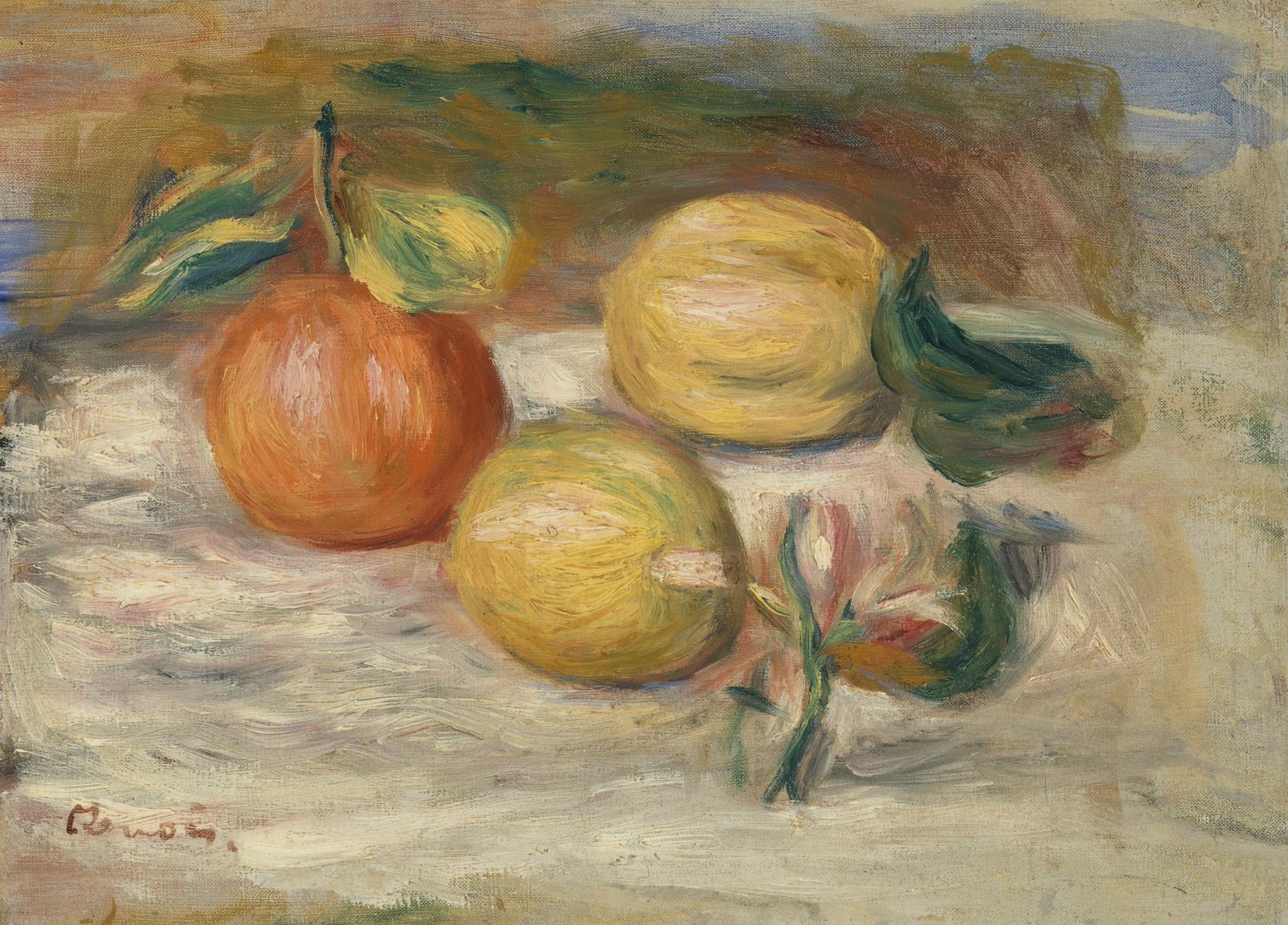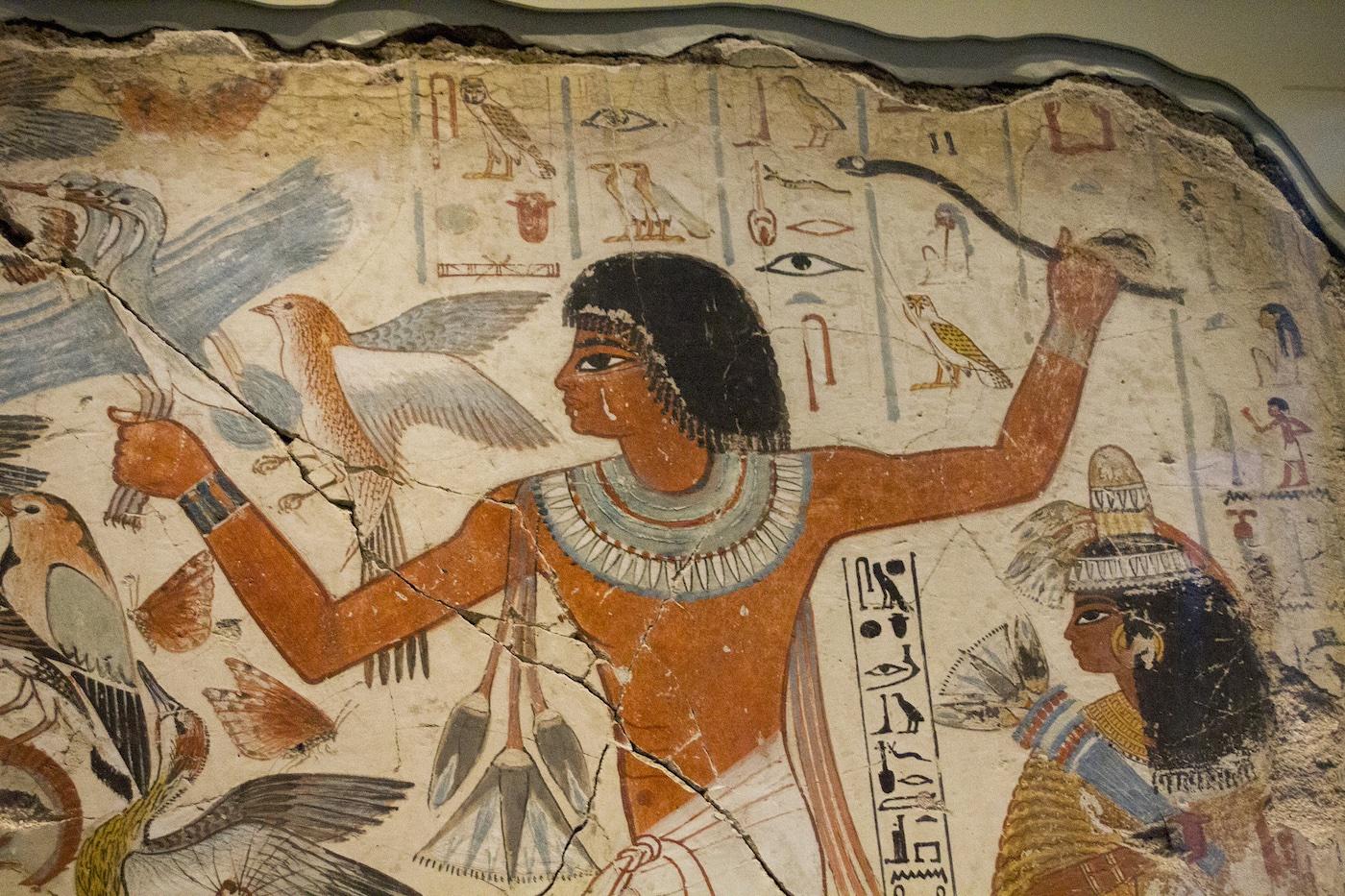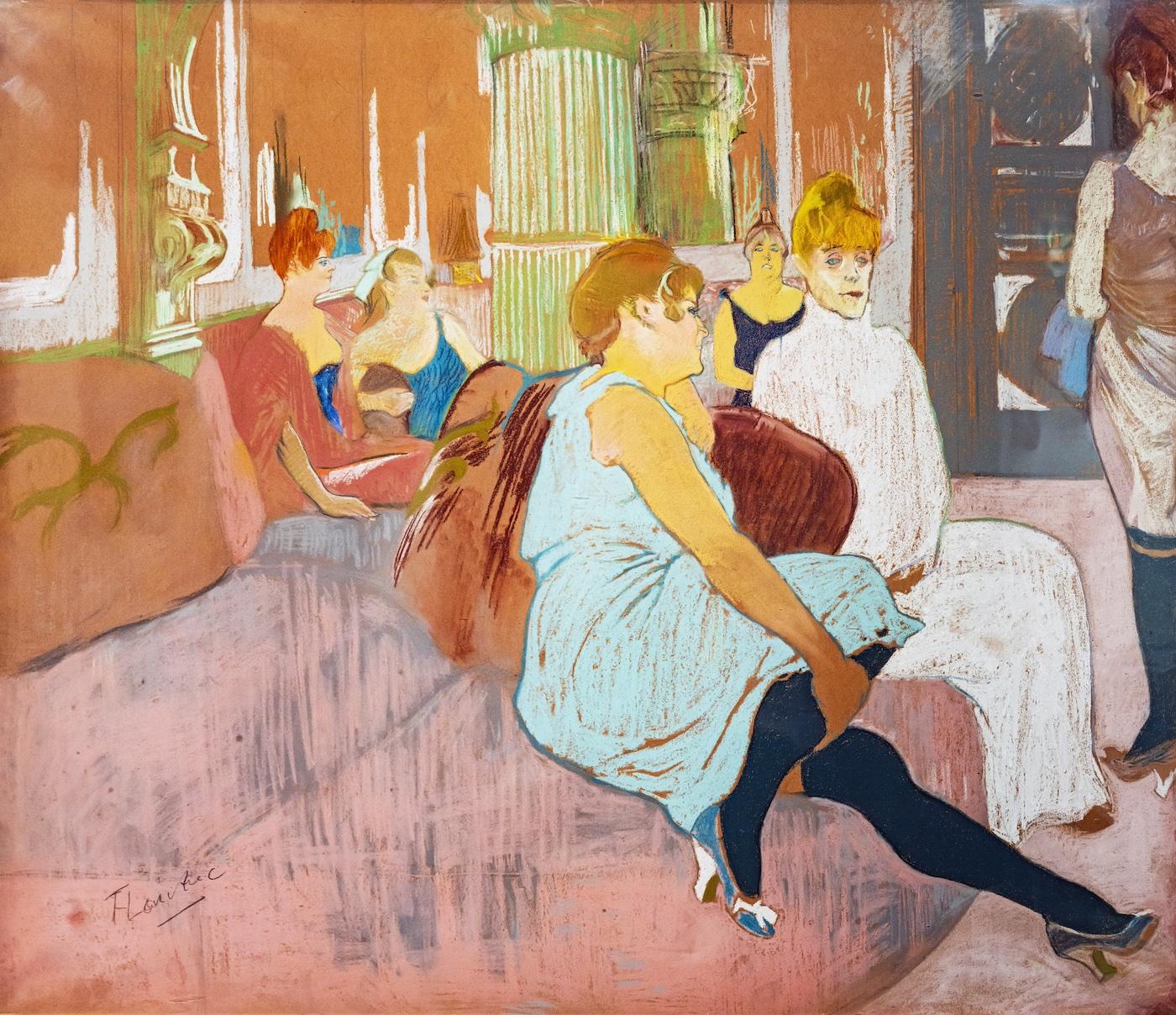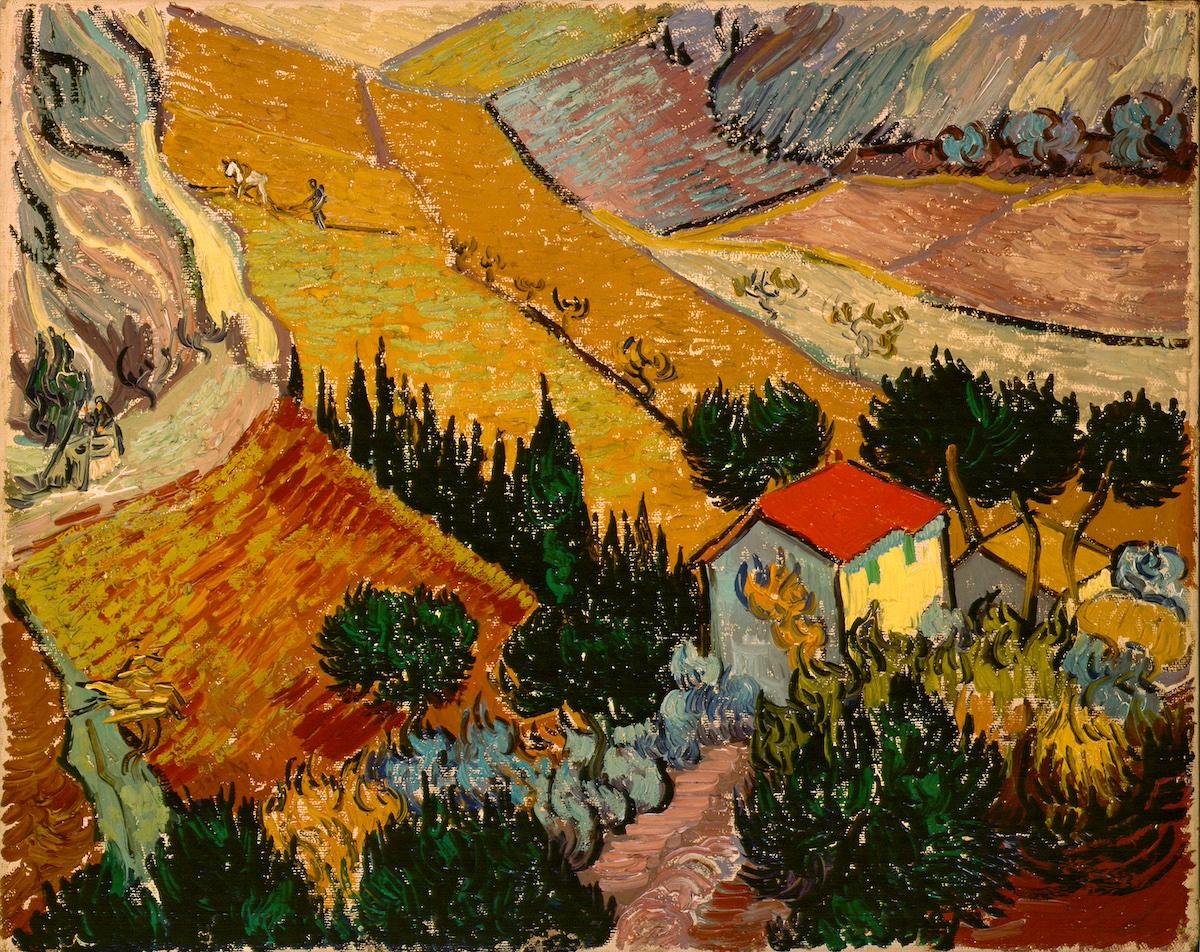Of course, the incorporation of this vibrant hue into clothing and works of art began many years before its fruity association. In Ancient Egyptian tomb paintings, orange was often a central color. The artists used realgar— a pigment made from soft minerals typically found in crystals. Realgar was also used by medieval artists to color manuscripts.
Other minerals, such as orpiment and crocoite, were also later utilized as pigmentation, but their usage declined in the 19th century following the emergence of non-toxic synthetic dyes.

































